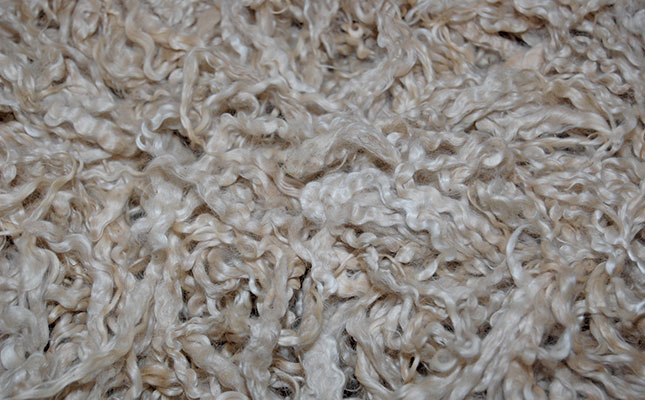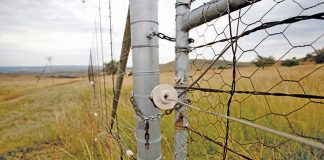
The price difference between sustainable and non-sustainable mohair lots is widening, according to Pierre van der Vyver, CMW’s mohair manager.
“Angora goat farmers, big or small, should ensure that their clips and farms are verified by the industry for sustainability. This trend is going to play an even bigger role in the future,” he said.
Speaking after the fourth sale of the 2018 winter mohair season, which saw a drop in demand, he said he did not expect more downward pressure provided the rand stayed stable.
CMW was forced to keep some adult lots back when the price dipped below the value of the exchange rate drop of 1,5%.
“It was noteworthy, however, how well the EGT (every goat tested) clips performed, as it was difficult to identify these fine lots in winter clips with the hand and eye,” he said.
The average market indicator decreased by 1% from the previous sale to close on R289,03/kg, with 89% of the offering sold, according to Mohair SA.
The market held on to price levels despite not all buying houses competing for the 161 151kg on offer, although the stronger rand placed pressure on the adult component of the clip. But demand for fine kid mohair in particular remained buoyant, with a marginal increase in prices.
Compared with the previous sale, the prices were: kids (winter) up 1%; young goats (winter) down 2.5%; fine adults down 2,6%; and strong adults down 2,3%
The Delport Brothers from Oudtshoorn achieved the top price of R500/kg for a good style kid bale of 25,8μm with a clean yield of 87,8%.
The next sale will be substantially smaller, with the bulk of the winter season’s mohair now sold.












